The global e-commerce boom has brought unprecedented convenience to consumers, but it has also introduced complex challenges—chief among them, the thorny issue of cross-border returns. Unlike domestic purchases, returning an item across borders involves navigating customs, international shipping logistics, and often baffling policy variations between regions. For retailers, this isn’t just a customer service headache; it’s a multi-billion-dollar operational quagmire that can make or profit margins.
At the heart of the problem lies a fundamental mismatch between consumer expectations and logistical realities. Shoppers accustomed to free, no-questions-asked returns from local retailers now demand similar treatment for international purchases. Amazon’s European customers, for instance, routinely return up to 30% of fashion items, with many assuming the process will mirror their domestic experience. What they don’t see are the pallets of returned goods languishing in warehouses, awaiting costly inspections or destined for landfill because restocking makes no economic sense.
The environmental toll of cross-border returns remains shockingly underreported. A single returned garment might travel more air miles than its purchaser that year, with carbon emissions compounded by repackaging and potential destruction of unsellable items. Luxury goods present particularly grim math—high-value watches shipped back to Switzerland for authentication often incur shipping costs exceeding the product’s profit margin. Some brands now quietly write off entire shipments rather than process returns, a practice that’s becoming an open secret in the industry.
Innovative solutions are emerging from unexpected quarters. In Southeast Asia, forward-thinking logistics firms now offer “return pooling” services, where multiple retailers share consolidated shipping containers for repatriated goods. Chinese e-commerce giant Alibaba has pioneered AI-powered virtual try-on tools that have slashed apparel return rates by 40% in pilot programs. Perhaps most radically, a handful of European brands are experimenting with “returnless refunds”—issuing customer reimbursements while directing them to donate unwanted items locally, cutting transit costs while generating tax benefits and goodwill.
Regulatory pressures are beginning to force change. The EU’s circular economy action plan includes provisions that will make retailers financially responsible for return processing by 2025. Meanwhile, customs agencies worldwide are cracking down on fraudulent “always free return” schemes that deliberately misclassify commercial returns as personal effects to avoid duties. These developments are pushing multinational retailers to fundamentally rethink their cross-border strategies, with some opting for localized fulfillment centers despite the capital expenditure.
Consumer psychology plays a surprisingly pivotal role in this complex equation. Behavioral economists have identified the “endowment effect”—where ownership feelings develop between purchase and delivery—as a key driver of unnecessary returns. Savvy marketers now combat this by accelerating delivery times and enhancing unboxing experiences to strengthen emotional attachment. Others are leveraging augmented reality to bridge the “expectation gap” that leads to so many size-related returns in fashion and furniture categories.
The future of cross-border returns may lie in blockchain-enabled transparency. Pilot programs using distributed ledgers allow all supply chain participants—from manufacturers to last-mile carriers—to access real-time return authorization and routing data. This not only reduces processing delays but creates auditable trails for sustainability reporting. As younger consumers increasingly factor ecological impact into purchasing decisions, such innovations could transform returns from a cost center into a competitive advantage.
What emerges clearly is that the traditional returns model is unsustainable in a cross-border context. Between rising consumer expectations, environmental concerns, and regulatory pressures, retailers can no longer afford to treat international returns as an afterthought. The winners in tomorrow’s global e-commerce landscape will be those who reimagine returns not as failures, but as integral components of a circular, customer-centric supply chain.

By Grace Cox/Apr 27, 2025

By Noah Bell/Apr 27, 2025
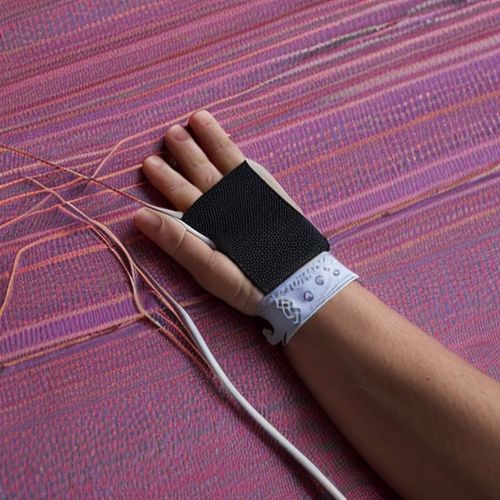
By James Moore/Apr 27, 2025

By James Moore/Apr 27, 2025

By Thomas Roberts/Apr 27, 2025

By Grace Cox/Apr 27, 2025
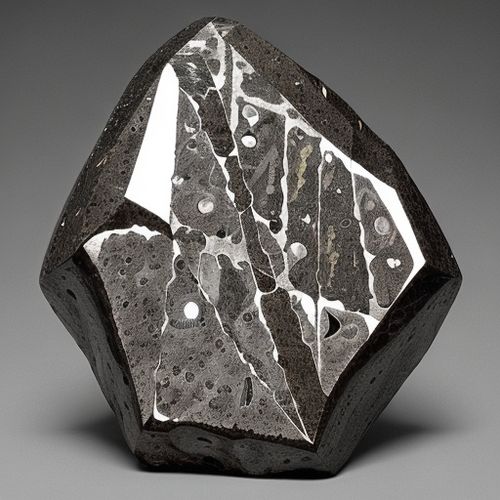
By Joshua Howard/Apr 27, 2025

By George Bailey/Apr 27, 2025

By Olivia Reed/Apr 27, 2025

By Sarah Davis/Apr 27, 2025

By Olivia Reed/Apr 27, 2025

By Elizabeth Taylor/Apr 27, 2025
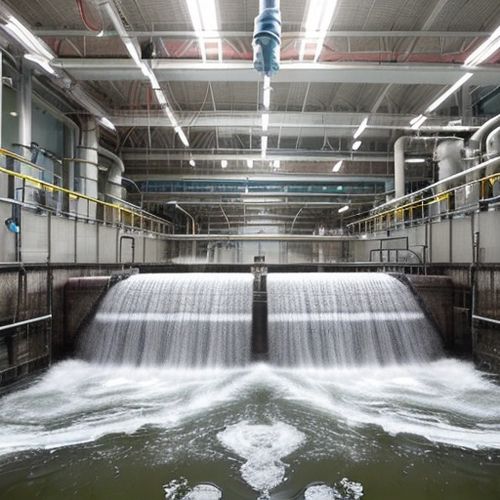
By Joshua Howard/Apr 27, 2025

By Victoria Gonzalez/Apr 27, 2025
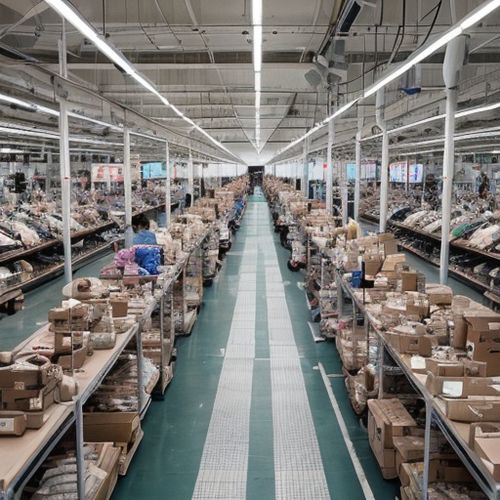
By Michael Brown/Apr 27, 2025

By Olivia Reed/Apr 27, 2025

By Grace Cox/Apr 27, 2025
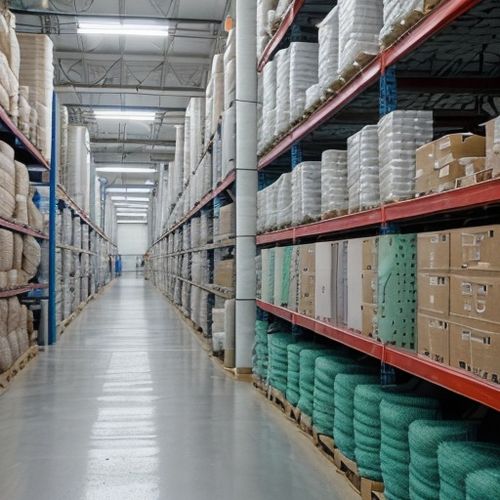
By Amanda Phillips/Apr 27, 2025

By Lily Simpson/Apr 27, 2025
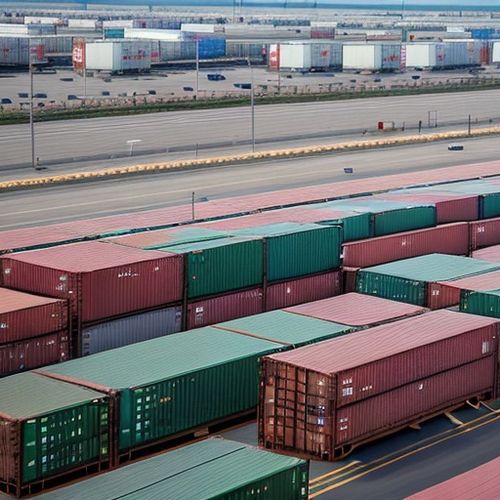
By Elizabeth Taylor/Apr 27, 2025